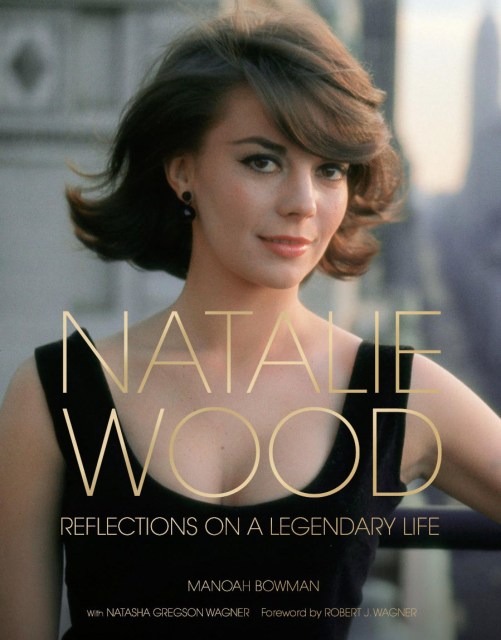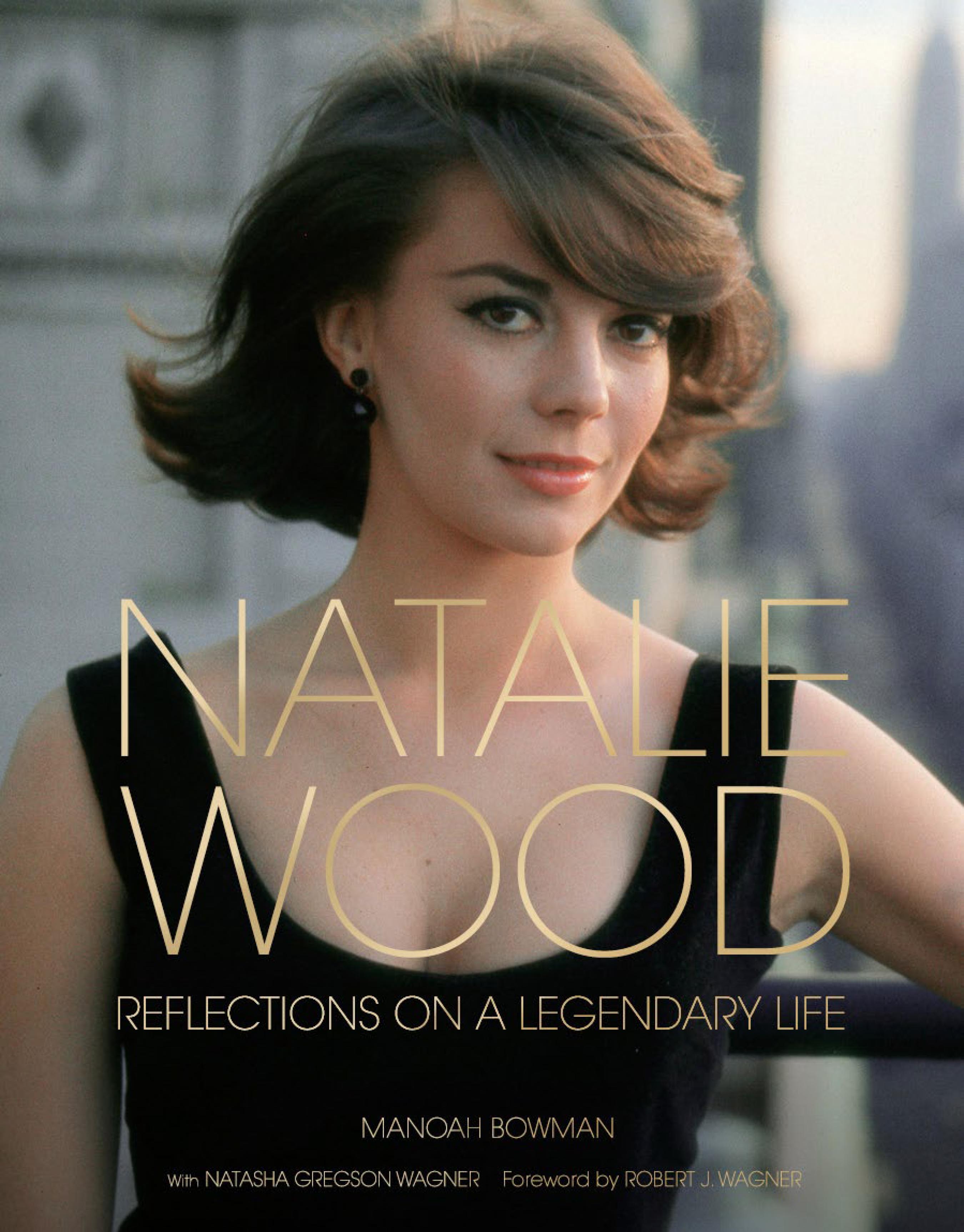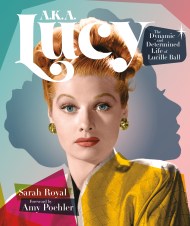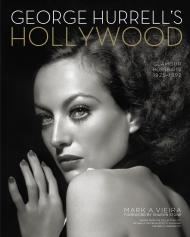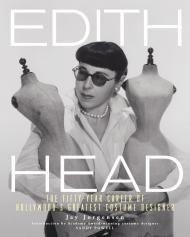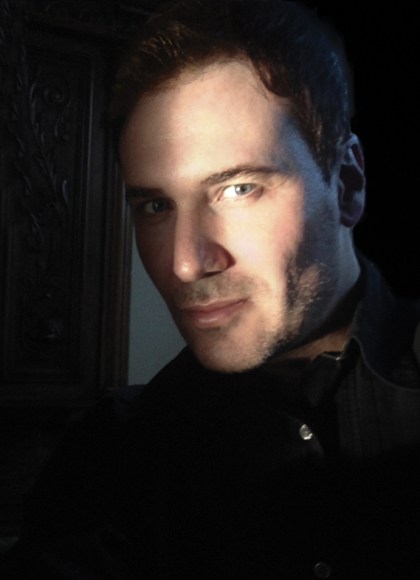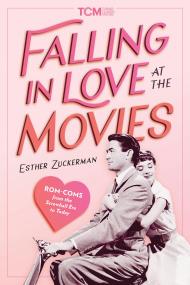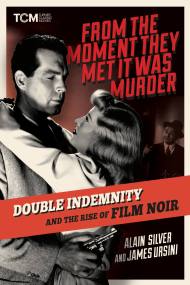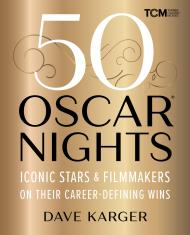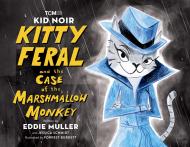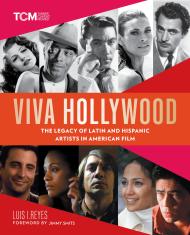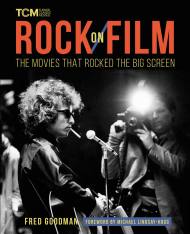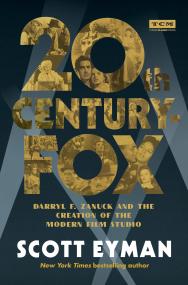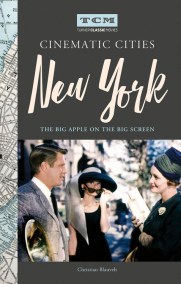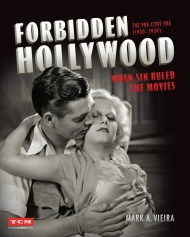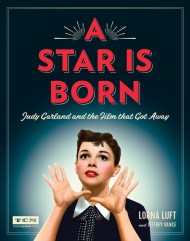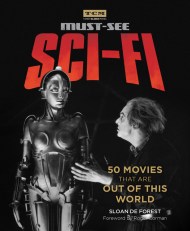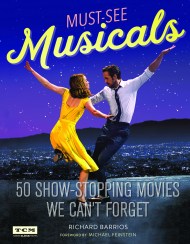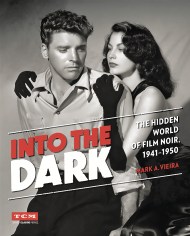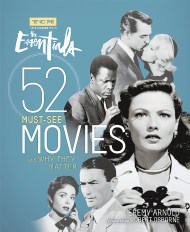Promotion
Shop now and save 20% on your back-to-school purchases & get free shipping on orders $45+ Use code: SCHOOL24
Natalie Wood
Reflections on a Legendary Life
Contributors
With Natasha Gregson Wagner
Foreword by Robert Wagner
Afterword by Robert Redford
Photographs by Robert Redford
Contributions by Sloan De Forest
By Turner Classic Movies
Formats and Prices
Price
$16.99Price
$21.99 CADFormat
Format:
ebook $16.99 $21.99 CADThis item is a preorder. Your payment method will be charged immediately, and the product is expected to ship on or around October 11, 2016. This date is subject to change due to shipping delays beyond our control.
Also available from:
Natalie Wood: Reflections on a Legendary Life boldly redefines Natalie not by her tragic death, but by her extraordinary life. This is the first family-authorized photographic study of Natalie Wood, and the first book to examine her glamorous film career as well as her private off-screen life as a wife and mother. Highlights include a special section on the making of West Side Story, a foreword by her husband Robert Wagner, a family album with never-before-seen snapshots captioned by daughter Courtney Wagner, an unpublished article written by Natalie in her own words, and an afterword by friend and costar Robert Redford. Natalie Wood: Reflections on a Legendary Life will change the way the world remembers a Hollywood legend.
Series:
- On Sale
- Oct 11, 2016
- Page Count
- 320 pages
- Publisher
- Running Press
- ISBN-13
- 9780762460526
Newsletter Signup
By clicking ‘Sign Up,’ I acknowledge that I have read and agree to Hachette Book Group’s Privacy Policy and Terms of Use
